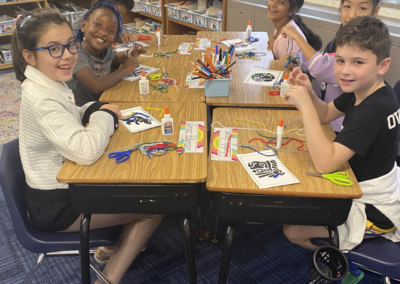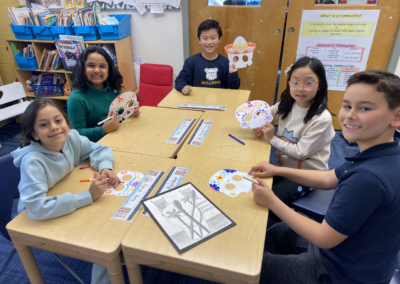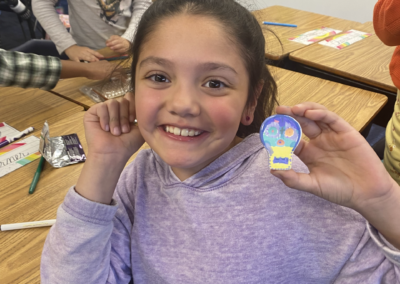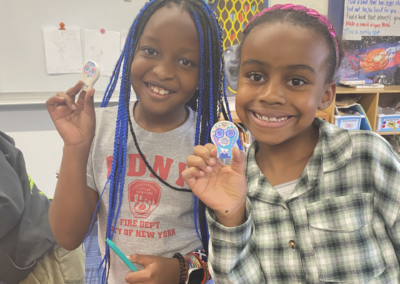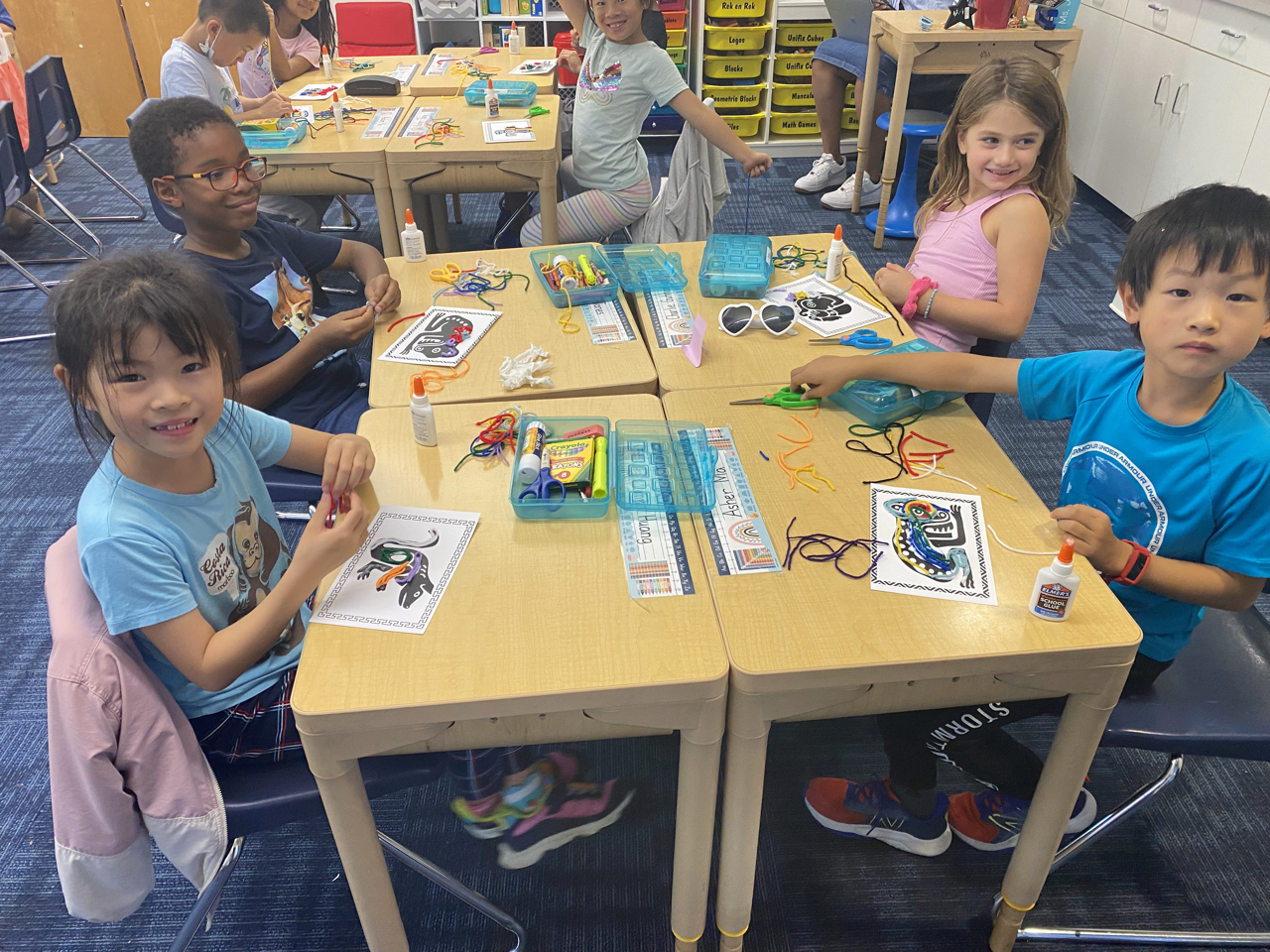
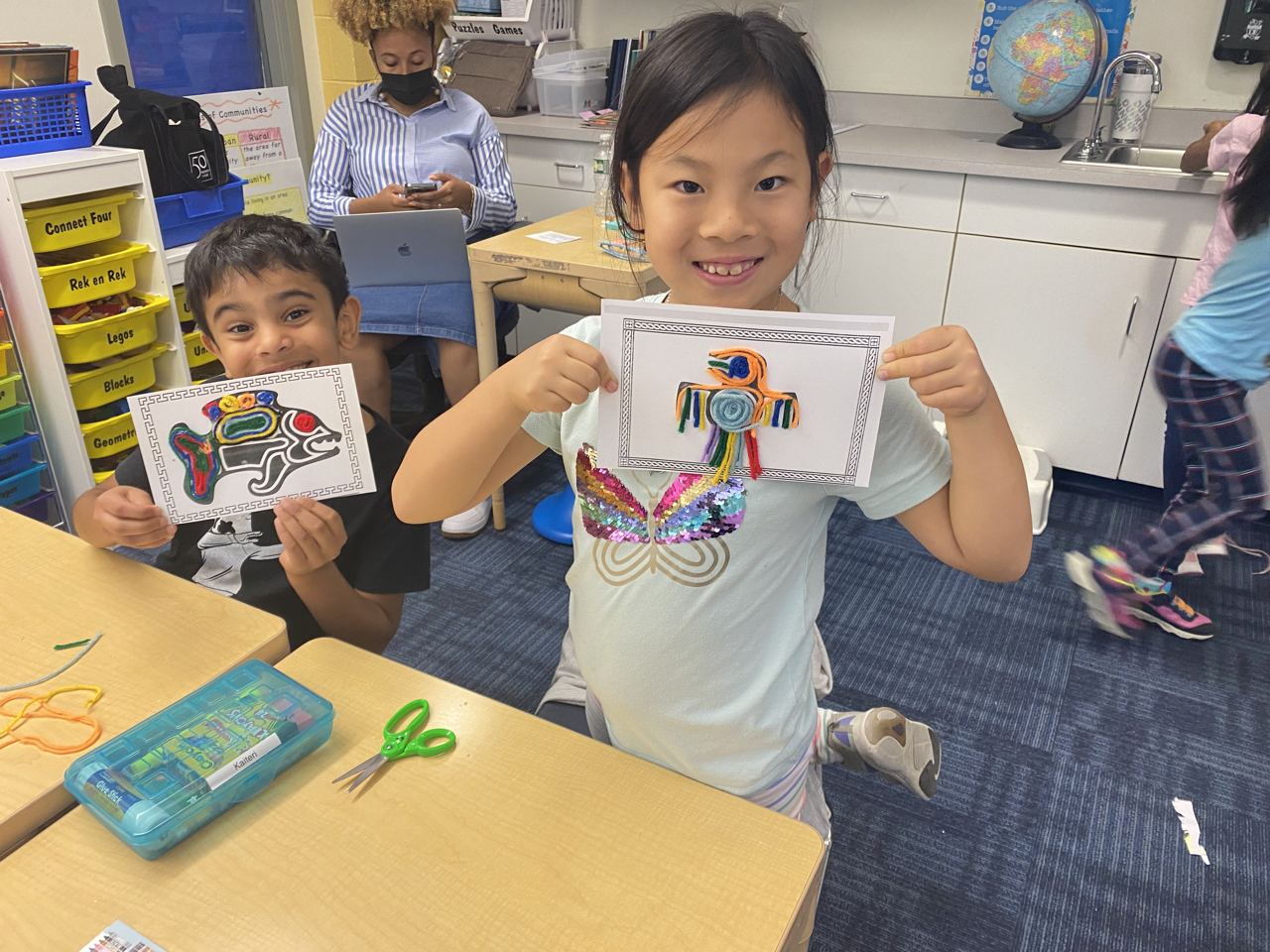
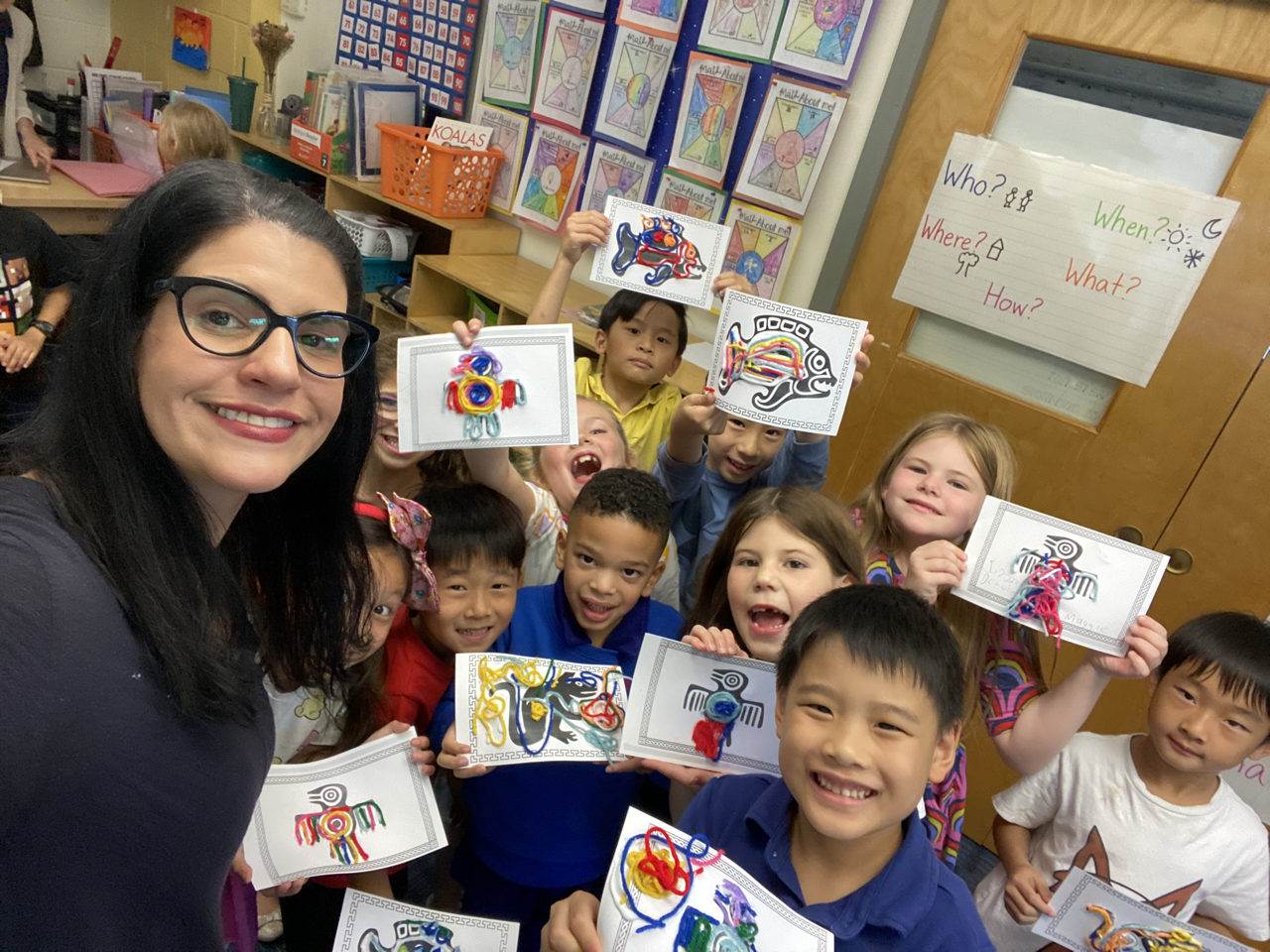
The study of a foreign language encompasses three areas: vocabulary, grammar, and culture. The word “culture” is derived from the Latin word “colere.” Colere means to cultivate and nurture, or to grow. Culture includes a set of beliefs and values that influence standards within a society, and it encompasses language, music, art, religion, and basic social norms. Culture significantly influences the vocabulary and concepts in a language, and in recent years, the goal of foreign language learning has shifted from a focus on grammar toward an emphasis on the social context in which a language is spoken, in addition to knowledge of its grammatical components, because at its core, mastering a new language provides a gateway to better understanding the cultures, societies, geographies, and histories of the people who speak it. The circular relationship of language to culture is unique because culture helps shape languages, while language is developed and shaped by culture.
In Señora García-Levitas’s Spanish classes, the study of Spanish and Hispanic cultures is inextricably linked with the study of the Spanish language. Starting in PreK 3, students learn about the twenty-one countries that speak Spanish and some of the traditions and celebrations in these countries. Beginning in first grade, the study of culture becomes more formal and explicit. Students in first to third grades learn more about Spanish-speaking countries and cultures in depth, by learning about the daily life of children their age who live in these countries, in both rural and urban settings. Students also learn about the food, music, dance, holidays, customs, and traditions of various countries to reach a better understanding of the Spanish language and those who speak it.
While you may find the PreK and K students singing and dancing to Mexican music for Cinco de Mayo, the first to third graders are also working on country-specific crafts to commemorate certain holidays and celebrations. For example, this year, they created Mexican yarn paintings to commemorate Hispanic Heritage Month and skull magnets and masks to honor Día de los Muertos.
Learning another language can serve as an introduction to different cultures and fosters an appreciation of other people, places, beliefs, and traditions, while offering a greater understanding of one’s own culture. If second language studies are initiated at an early age, students begin to understand that there is a world much more extensive than our immediate family and home, and they broaden their ability to see cultural differences as unique and interesting.

